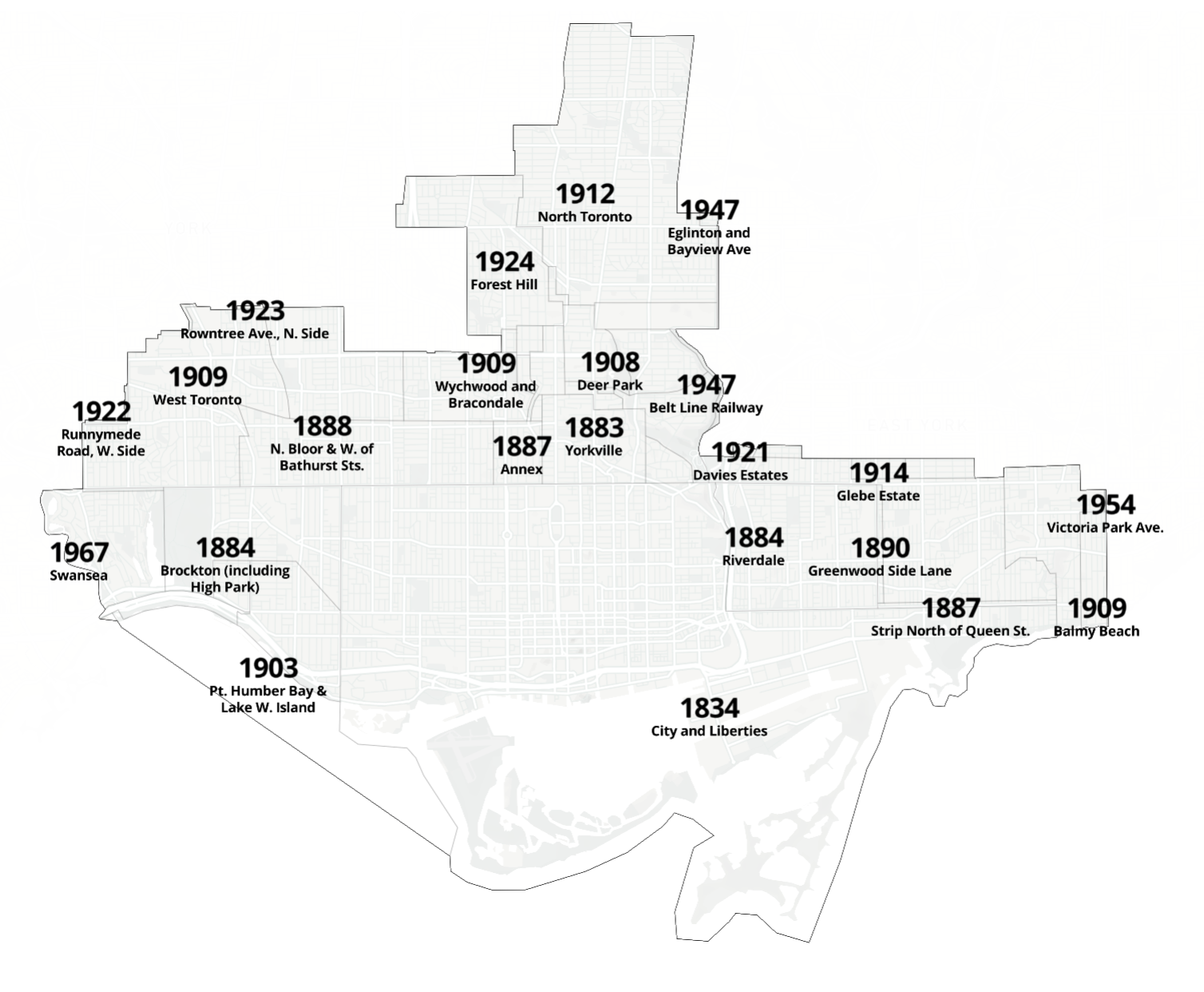those locations are not downtown cores of major cities growing at the rate that Toronto is growing and projected to grow.
Downtown Toronto
Total Area: 16.6 km2
Population Density: 14000/km2
Subway System Length: 10.4 km (15.5 km when OL opens)
Number of Lines: 2 (3)
Old Toronto
Total Area: 97.15 km2
Population Density: 8,210.4/km2
Subway System Length: 35km (41km when Line 5 opens) & (51km when OL opens)
Number of Lines: 2 (4)
Barcelona
Total Area: 101.4 km2
Population Density: 16,000/km2
Subway System Length: 166 km
Number of Lines: 12
Yonge used to have streetcars, Bloor used to have streetcars, but at some point (60+ years ago) those routes out grew them. same thing can be applied to King and Queen today. there's simply too much demand to be met by streetcar lines. trams/streetcars work well in cities or suburbs with less than 500,000 people or a population density of below 5,000/km2. I'm not advocating getting rid of all streetcars, just that King street needs to be upgraded at some point in the near future. the 504 King does not meet the current demand adequately. the King streetcar priority helps, but it's not enough to meet demand either. the daily ridership is what 84,000 per day roughly? with a light metro or subway line that would triple if not quadruple instantly.
You can see above that the population density in the downtown core is already close to or nearly on par with Barcelona. I'm obviously never expecting to see a transit system that rivals Barcelona in my lifetime, but (Old) Toronto should have roughly twice as many total kilometres of subway that it current has. if Toronto's downtown core matched Barcelona it would have roughly 27km's of subway, not 10.5 km's. Barcelona is still adding dozens of kilometres of metro to their system over the next decades. Barcelona also still has trams, but they aren't in the core they're in the suburbs where they actually meet the ridership demand.






